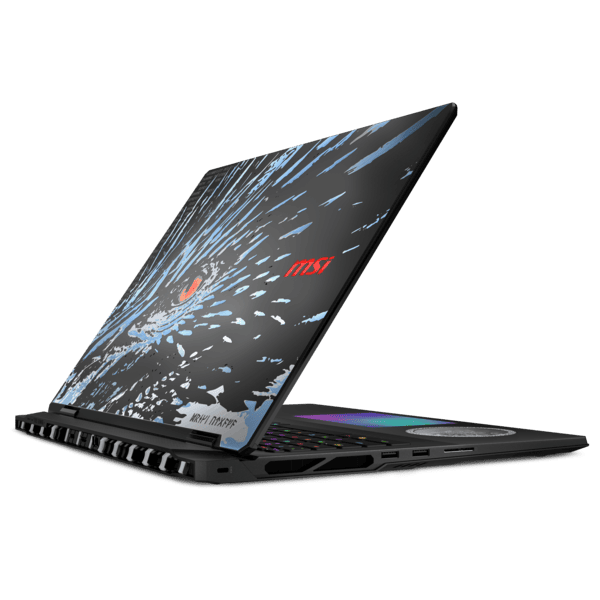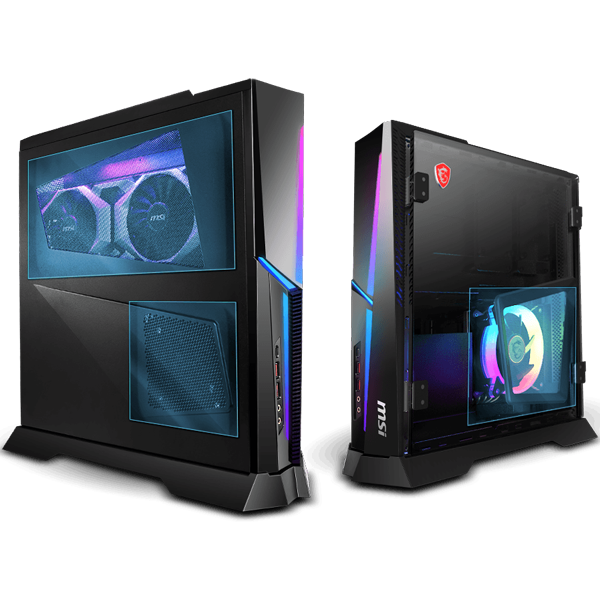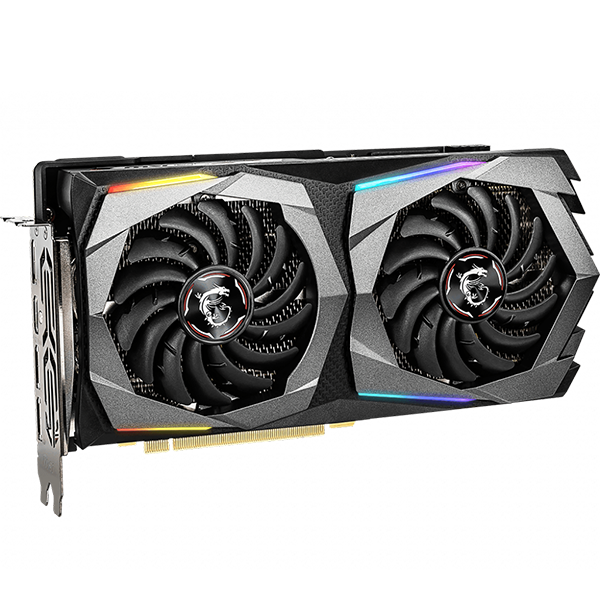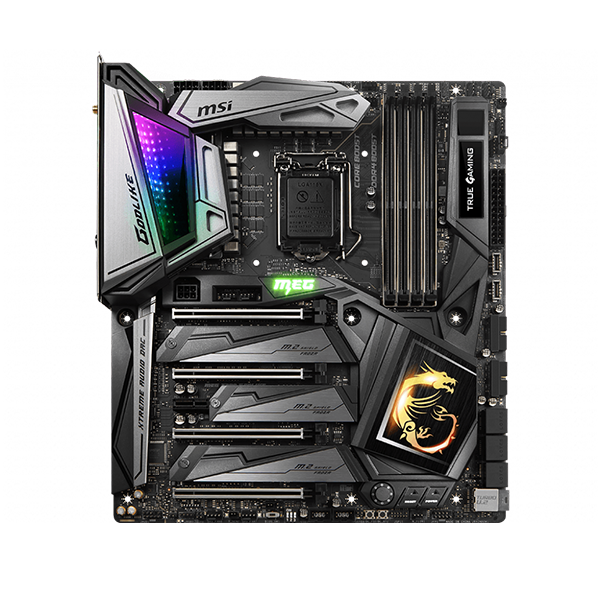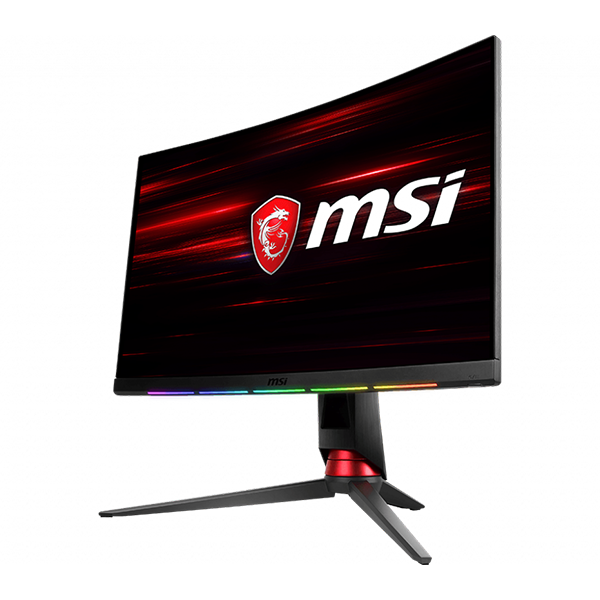How to adjust USB Transmitting Speed
USB is the abbreviation of Universal Serial Bus, which is an external bus interface standard governing the specifications of connection and communication between computers and peripheral devices in the field of personal computers.
The USB interface supports both plug-and-play and hot-plug functions. Given its high transmission speed, USB not only meets the application environment demand for high speed data transfer, but also provides a myriad of advantages such as simplistic power delivery design, effortless configuration, diverse transfer modalities, and great compatibility.
- Guide to USB connector types
- Guide to USB Transfer speeds
- USB differential transfer speed troubleshooting
An introduction to USB connector type
USB connectors could be divided into the following classifications: USB Type-A, USB Type-B, USB Type-C, Mini-A, Mini-B, Micro-A and Micro-B

Type-A: The standard connector, which is the most commonly seen interface classification, and will mainly be utilized on computers, power adapters, mice, keyboards, flash drives and more.
Type-B: Most frequently found on printers, upstream port on hub and peripheral devices.
Type-C: The newest USB connector, will primarily be employed on mobile phones and portable devices.
Mini USB: can be categorized into A-Type, B-Type and AB Type. It will generally be implemented on card readers, MP3, digital cameras and portable storage devices. In comparison with standard USB, Mini USB is most suitable for portable devices and electronics.
Mirco USB: This connector is widely used on cellphones, power banks, speakers, Bluetooth headsets, cameras, dashboard recorders. Micro USB interface has gradually been replaced by USB Type-C over time.
Guide on USB transfer speed
An introduction to USB 2.0 specification
USB 2.0 technical specification was jointly formulated and released by Compaq, Hewlett Packard, Intel, Lucent, Microsoft, NEC and Philips. Due to revision of the standard, three sets of specifications were established: former USB 1.0 was succeeded by USB 2.0 Low-Speed with theoretical transfer rate of 1.5Mbps(192KB/s); USB 1.1 turned into USB 2.0 Full-Speed at 12Mbps(1.5MB/s) and existing USB 2.0 to USB 2.0 High-Speed at 480Mbps(60MB/s).
An Introduction to USB 3.0 Specification
USB 3.0 standard, also known as the Super Speed USB is developed by Intel, HP, NEC, NXP, Microsoft and Texas Instruments. USB-IF has published the newest USB naming scheme, in which USB 3.0, USB 3.1 and USB 3.2 are reinvented as: USB 3.2 Gen 1, USB 3.2 Gen 2, and USB 3.2 Gen 2x2, providing theoretical transfer rates at 5Gbps(500MB/s), 10Gbps(1212MB/s) and 20Gbps(2424MB/s) respectively.

USB transfer speed troubleshooting
- Checking official website specifications
- Downloading and checking user manual on official website
- Examining portable devices specifications
- Cross-testing
Checking official website specifications
1. Please enter [MSI official website], then click on magnifying glass icon to input [MEG Infinite X 10th], and hit [Enter]

2. Find the corresponding desktop model, hit [Specification]

3. On the specifications page, please find [I/O Front] and [I/O Rear] columns for more details on USB interface

Downloading and checking user manual
1. Please visit [MSI official website], then click on magnifying glass icon to input [MEG Infinite X 10th], and hit [Enter]

2. Find the corresponding desktop model, hit [Manual]

3. On the manual page, find your desired language version, and hit [Download] icon

4. On the manual, please refer to [System Overview] section for detailed specifications of connector interface (front view illustration)

5. On the manual, please refer to [System Overview] section for detailed specifications of connector interface (rear view illustration)

Checking portable device specifications
Please verify your portable device specifications, connect device to chassis through the matching interface (e.g., if the portable device comes with USB 3.2, please insert it to the corresponding USB 3.2 port on chassis)

Cross-testing
Please try connect to alternate USB port on chassis or replace the portable device to cross-test (It is recommended to connect through USB ports on chassis rear panel primarily)
Friendly reminder:
Generally speaking, USB transmitting speed rate will be contingent upon the quality of your portable device. Given the idiosyncrasy of device controller chipset as well as flash memory particles, USB testing speeds could be different.

